What is Protein?
Protein is a macronutrient that helps the body to grow and repair. It is made of amino acids, which are the building blocks of muscle. Amino acids are linked together in chains by peptide bonds. These chains can be short or long, with up to hundreds of amino acids in them. There are two types of proteins: complete and incomplete. Complete proteins contain all eight amino acids that your body cannot produce on its own whereas incomplete proteins lack one or more of these essential amino acids. There are 20 different types of protein found in the human body, which have different functions and purposes.
Why Should IEat More Protein?
The main function of protein is to provide the amino acids that are necessary for the growth and repair of tissues. Other benefits of protein include increased energy levels, improved cognitive function and a healthy immune system. Protein has also been shown to reduce hunger cravings, which can help with weight loss efforts.
High protein diets are beneficial for people suffering from type 2 diabetes because they help to regulate blood sugar levels. However, high protein diets are not recommended for people who suffer from kidney disease or heart problems.
The amount of protein you need to build muscle depends on your age, weight, activity level and health status. For example, an active person who weighs 150 pounds needs about 56 grams of protein per day.
How Protein Helps Feeling Full All Day?
There are 2 key hormones responsible for that feeling of fullness when eating a high protein diet.
The hormone Ghrelin found in the stomach is responsible for stimulating hunger. It is also responsible for releasing insulin that helps maintain blood sugar levels. In the brain, Ghrelin stimulates the hypothalamus to release hunger-promoting hormones like neuropeptide Y and Orexin. The hypothalamus also produces dopamine, which helps regulate appetite. When eating a high protein diet, Ghrelin levels drop, limiting the hunger signaling in the brain.
Leptin is an endocrine hormone, the role of which is to regulate the amount of fat in your body. It is produced by the fat cells themselves and signals the brain to stop eating when you are full. Leptin also increases energy expenditure, though it is unclear how much this contributes to weight loss.
Both Ghrelin and Leptin work in synchrony helping with the sense of fullness and satiety when eating high protein foods. Protein foods have been proven to have a higher satiety rating compared to fats or carbohydrates having the effect of fullness for a longer period of time.
How To Eat More Protein
There are many ways to eat more protein including eating at least 3-4oz cooked lean meat, poultry or fish or the equivalent of 20-30 grams of protein at each meal 3 times/day, adding eggs, dairy, beans, nuts & seeds to meals, adding protein powder to smoothies, and adding nuts and seeds to salads. Pre-planning meals and following a high protein meal plan is the best way to assure a high protein diet. Is important to establish a high protein eating routine that starts with grocery shopping. Simple ways to add more protein include making homemade trail mix, pre-cooking eggs for breakfasts, making high protein pancakes, making sure to have plant-based protein in the pantry such as pumpkin seeds, quinoa, Spirulina, Nutritional Yeast, protein powders and protein bars. Other simple ways include adding hummus to a sub, nut butter to parmesan crackers, and adding cheese products to main dishes or adding cheese to breakfast meals.

Examples of animal protein are:
1. Lean beef
Lean beef is a rich source of protein, iron, Zinc, Selenium, and Vitamin B12. Include beef as part of a healthy diet, especially teens and women in child bearing age or those with heavy menstrual periods. Eating a diet high in red meats has been linked to certain health conditions such as cardiovascular disease and colon cancer. Moderate intake and focus on eating a high protein diet from various sources.
2. Poultry
Poultry such as chicken and turkey are similar in nutrient density. They are mainly protein based, contain a small amount of fat and no carbohydrates. They are also both comparable in the amount of key micronutrients such as Selenium, Zinc, Vitamin B12 and Vitamin B6.
3. Fish
Fish is another excellent high protein food and is also a great source of Iodine, Selenium, and Vitamin B12. Including fish in a high protein diet helps decrease or prevent health conditions such as heart disease and type 2 diabetes. Many types of fish such as Salmon are high in omega-3 fatty acids, which offers additional anti-inflammatory benefits.
4. Shellfish
Shrimp, oysters, clams, and scallops are a great way to eat more protein in your diet.
Different from poultry, these high protein foods contain healthy fats. Similarly, they contain comparable amounts of micronutrients and iron.
5. Eggs
Eggs are a great addition to your high protein diet. Make a batch of hard-boiled eggs to eat throughout the week and incorporate this high protein food in breakfast meals and snacks a few times/week.
6. Dairy
Cheese and yogurt are one of the easiest ways to eat more protein in your diet. These high protein foods contain 5-7 grams of protein per 1oz. Greek yogurt contains 18-21 grams of protein per serving, which is about the amount you need in a given meal.
7. Lentils
1/2 cup cooked lentils provides 7-9 grams of protein. Examples of high protein legumes are:
- Black beans
- Pinto Beans
- Kidney beans
- Navy beans
- Chickpeas
- Lentils
- Pigeon peas
8. Quinoa
Quinoa is a type of seed rich in fiber, folate, copper, iron, and zinc and contains a considerable amount of plant protein compared to other seeds. Quinoa can be easily incorporated into food bowls, soups, and smoothies.
9. Pumpkin & Sunflower Seeds, Hemp, Spirulina
Other seeds such as pumpkin and sunflower seeds can help you eat more high protein foods on a daily basis. Add these seeds to salads, baked foods, yogurt, or smoothies. They can also be a great choice for a high protein snack.
10. Ezekiel bread
Ezekiel bread is a high protein food since it is made of organic sprouted whole grains and legumes. This bread can be a good high protein lunch idea when fixing a healthy sandwich with veggies and hummus for additional protein.
11. Nuts & Nut Butter
Nuts and nut butters can help you eat more high protein foods and are a great source of folate, Magnesium, and vitamin E. They can also help you feel full since it contains both a high amount of protein and healthy fats. They have a low carbohydrate content which helps reduce blood sugar spike after a meal.
12. Soy
Tofu and tempeh
13. Protein Supplements
Another way to eat more protein if you have a busy lifestyle is to go for protein powders and protein bars. Protein powders can be added to smoothies for a breakfast meal replacement or as a snack after a workout. There are many protein supplement brands and types based on individual preference.
How to Eat More Protein: Habits & Routines
1. Pre-Plan Meals and Get Ahead of the Game
Prepare meals ahead of time and plan a high protein meal 3 times/day.
2. Keep plant-based protein foods in your pantry
Add plant-based protein foods to your grocery list to make sure you have on hand easy high protein foods such as nuts, seeds, peanut butter, chia seeds, and pumpkin seeds.
3. Plan Veggie Meals on a weekly basis
Plant-based protein is a high protein food and will help you balance red meats and other animal protein. They will also add fiber and other nutrients to your high protein diet.
4. Give Up the Rice
Add more greens and plant based high protein foods instead of low protein high carbohydrate foods. It will help with the sense of fullness and satiety and also help you balance blood sugar levels. Substitute rice for quinoa.
5. Snack on Protein
Choose a high protein food such as nuts, peanut butter, or protein bar instead of fruits and highly processed high carbohydrate snacks.
6. Prepare a Homemade Trail Mix
Mix your favorite nuts and compliment a meal or eat as a snack.
7. Add Edamame and Peas to Your High Protein Dinner
Add to high protein salad recipes. They will boost your fiber in addition to increasing your protein intake.
8. Make Protein Pancakes for Breakfast
Skip the eggs a few times/week and add a high protein pancake recipe into your weekly meal plan.
9. Add Hummus to Your Sub
Hummus will boost protein and fiber into your diet. Easy, convenient, and delicious. There are many flavored hummus to choose from.
10. Make High Protein Dessert
Make black bean brownies and tofu dessert. Find recipes and modify them to your taste.
11. Add Nut Butters or Cheese to Parmesan Crackers
Parmesan crackers are delicious and high in protein. Top them with either cheese or nut butter for a creamier taste.
12. Cheese for Breakfast
Cheese products are a great way to eat more protein. From string cheese to cottage cheese, it is a high protein food that is easy, convenient, and easy to carry on the go.
13. Add Fish Sticks & Tuna Salad to Your Meal Plan
Baked fish is high in protein and easy to prepare. Fish does not take a long time to cook and can be pre-made ahead. Tuna salad is another high protein food choice and both of these are great lunch ideas.
14. Meatballs & Salad
Simmer meatballs in Italian sauce with topped parmesan. Add a green salad with black beans on the side. A perfectly balanced and yet simple dinner.
15. Add Spirulina and Nutritional Yeast to Smoothies
Both Spirulina and Nutritional Yeast are super foods and also high in protein. Add protein powder, Spirulina, and Nutritional Yeast to your smoothie for a complete high protein food meal.

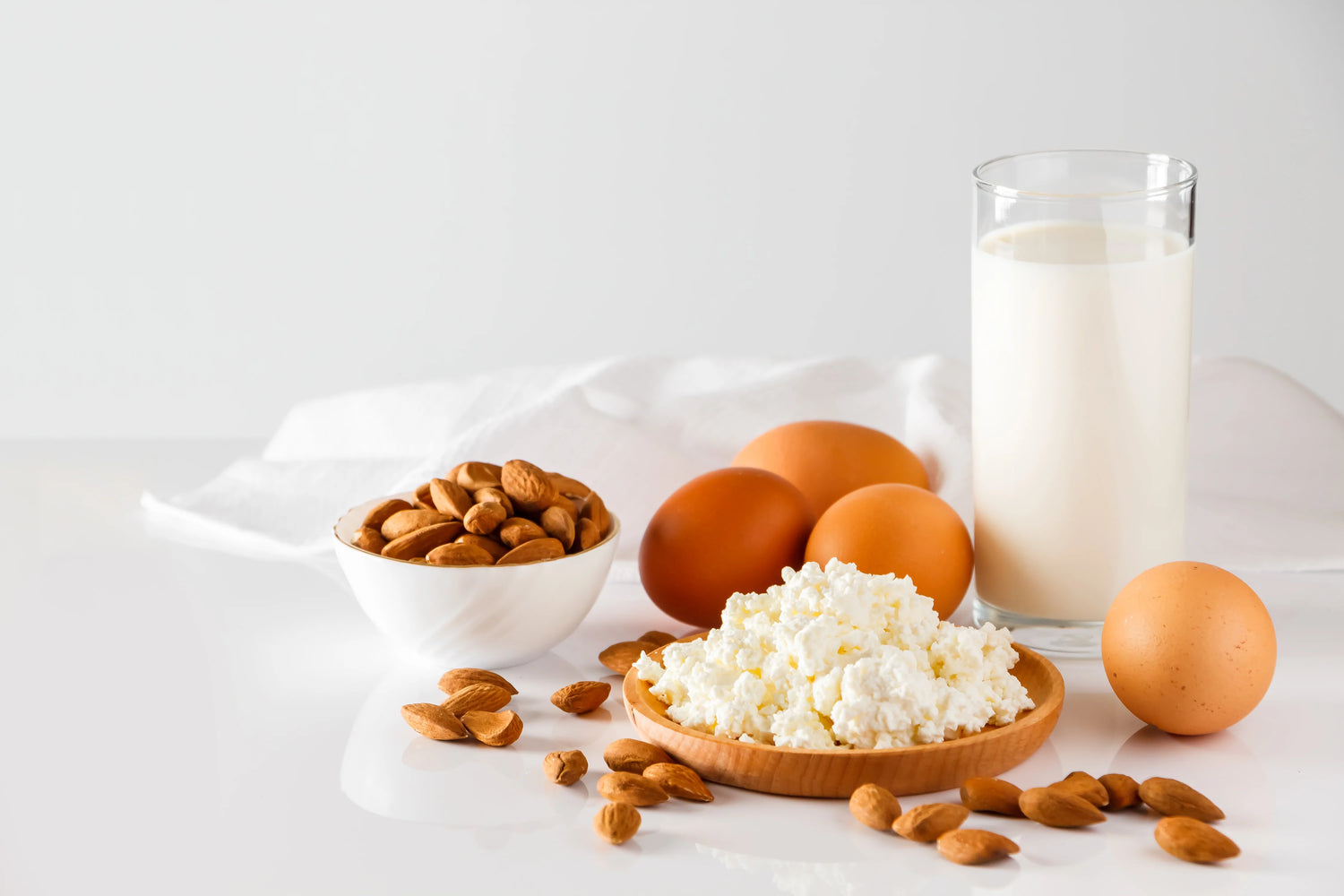
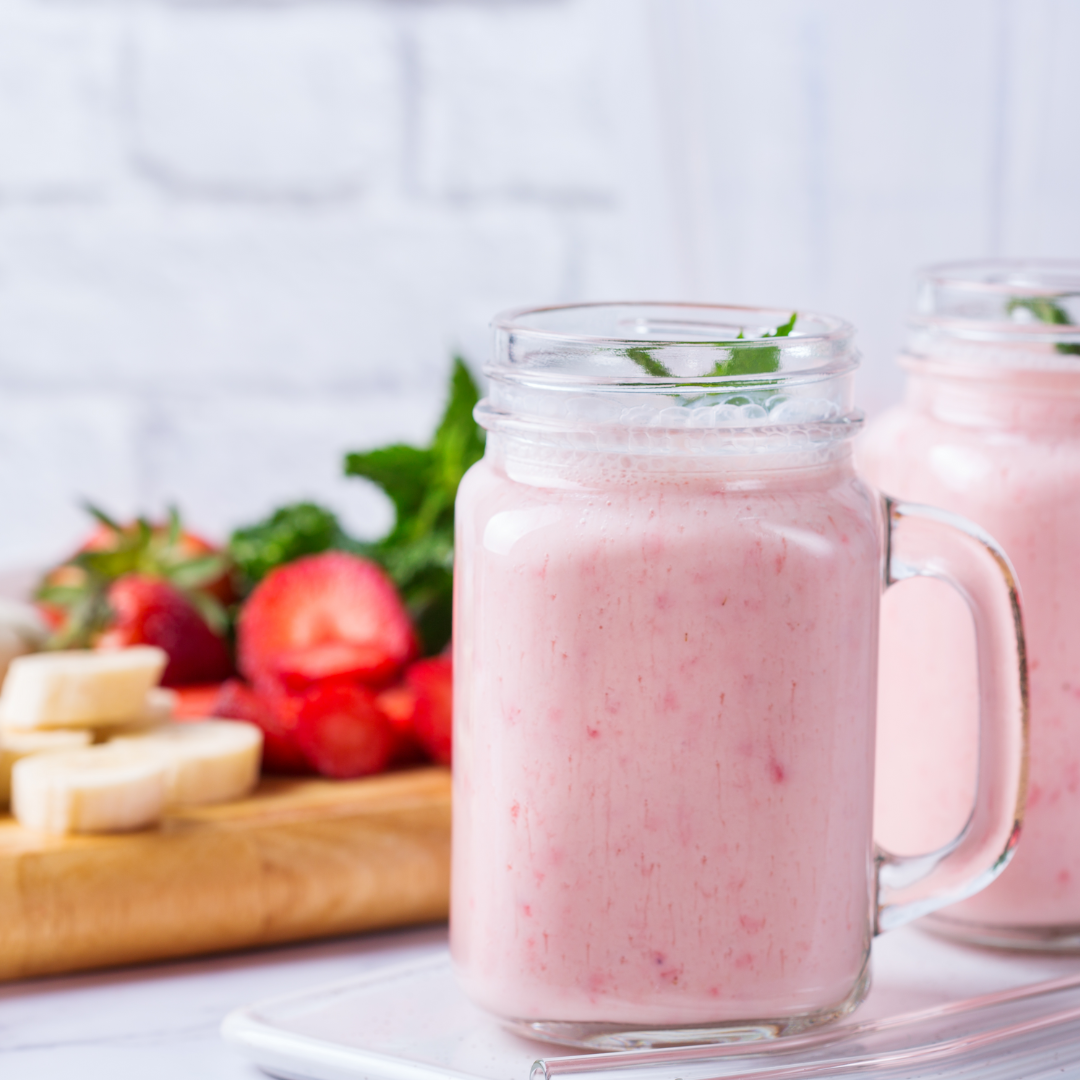
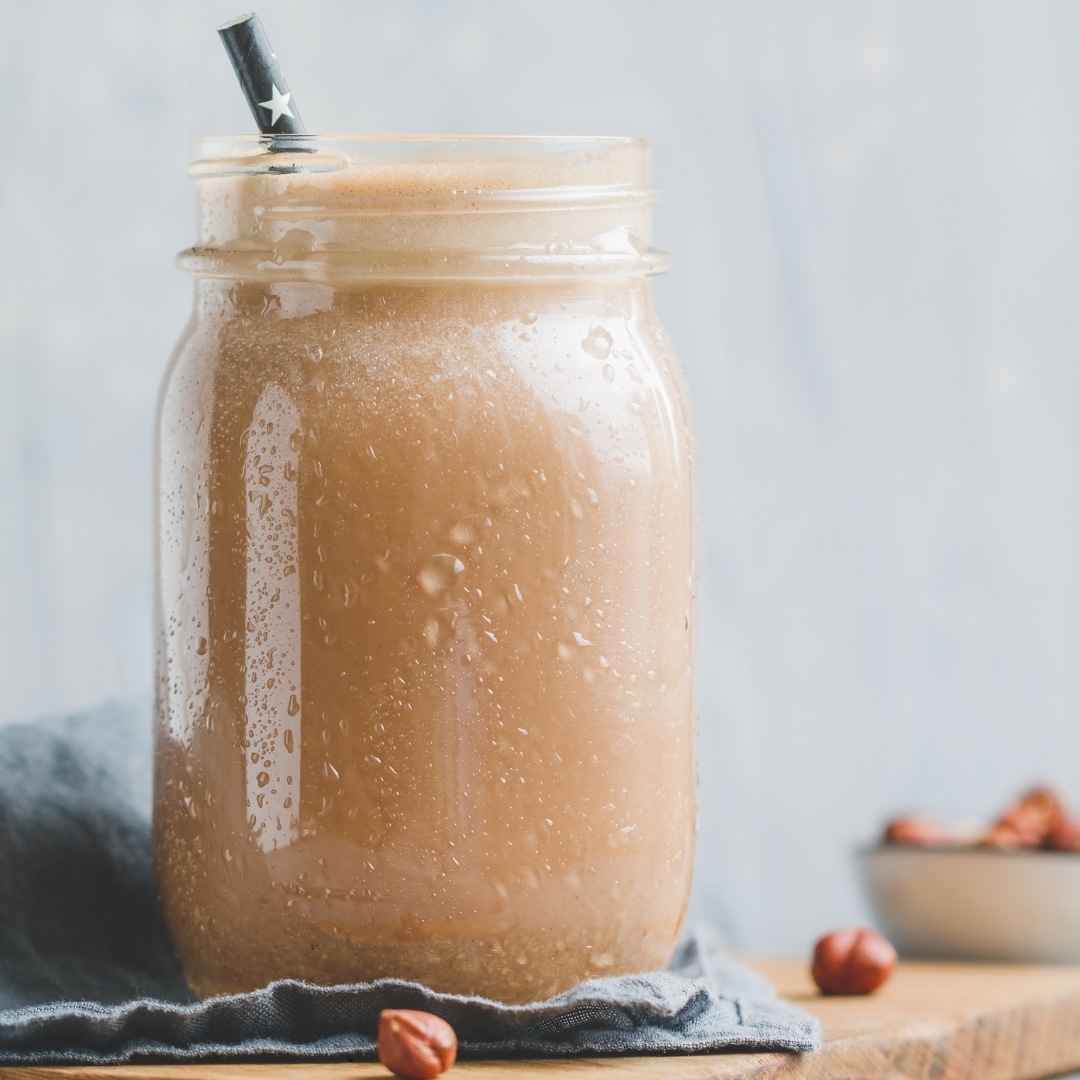
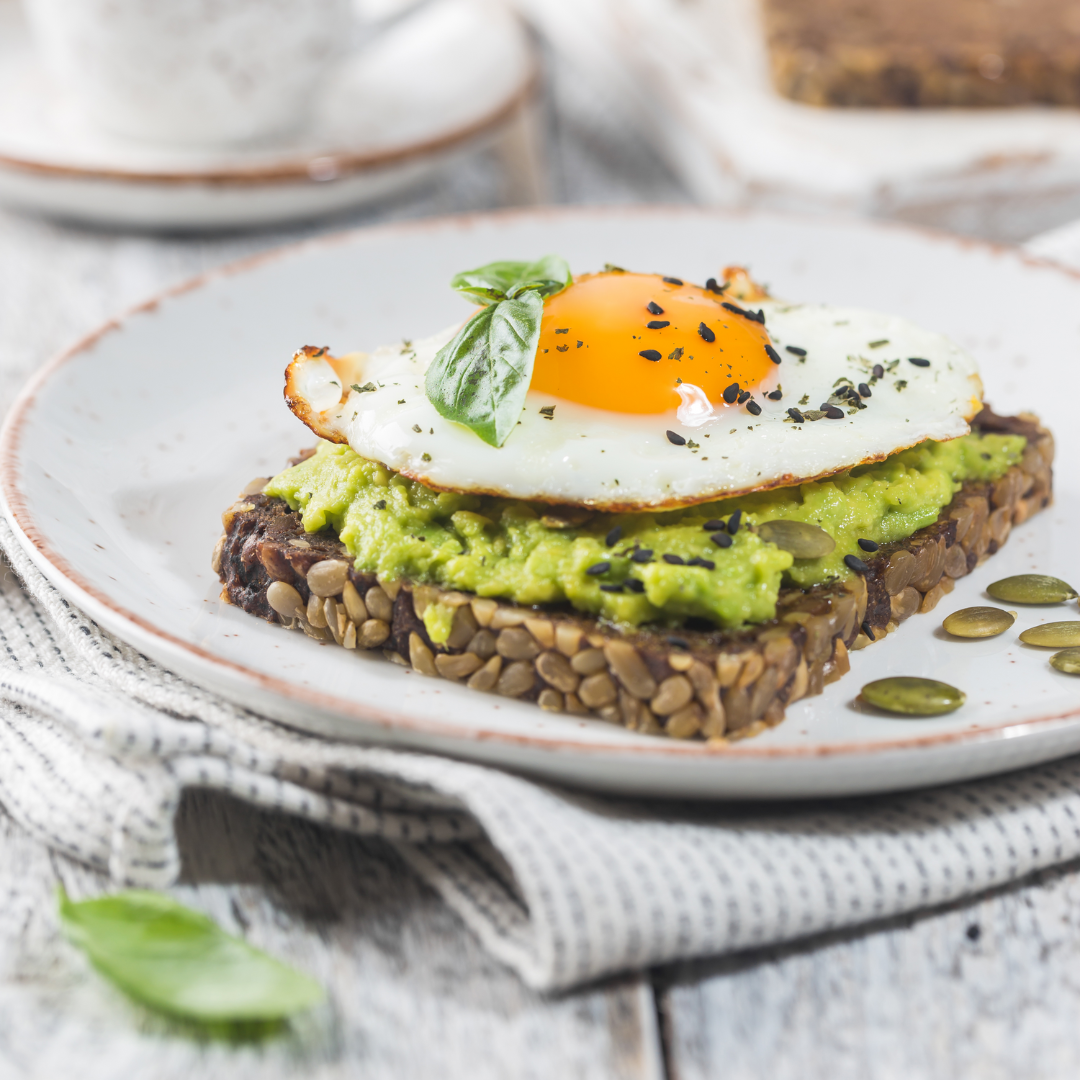
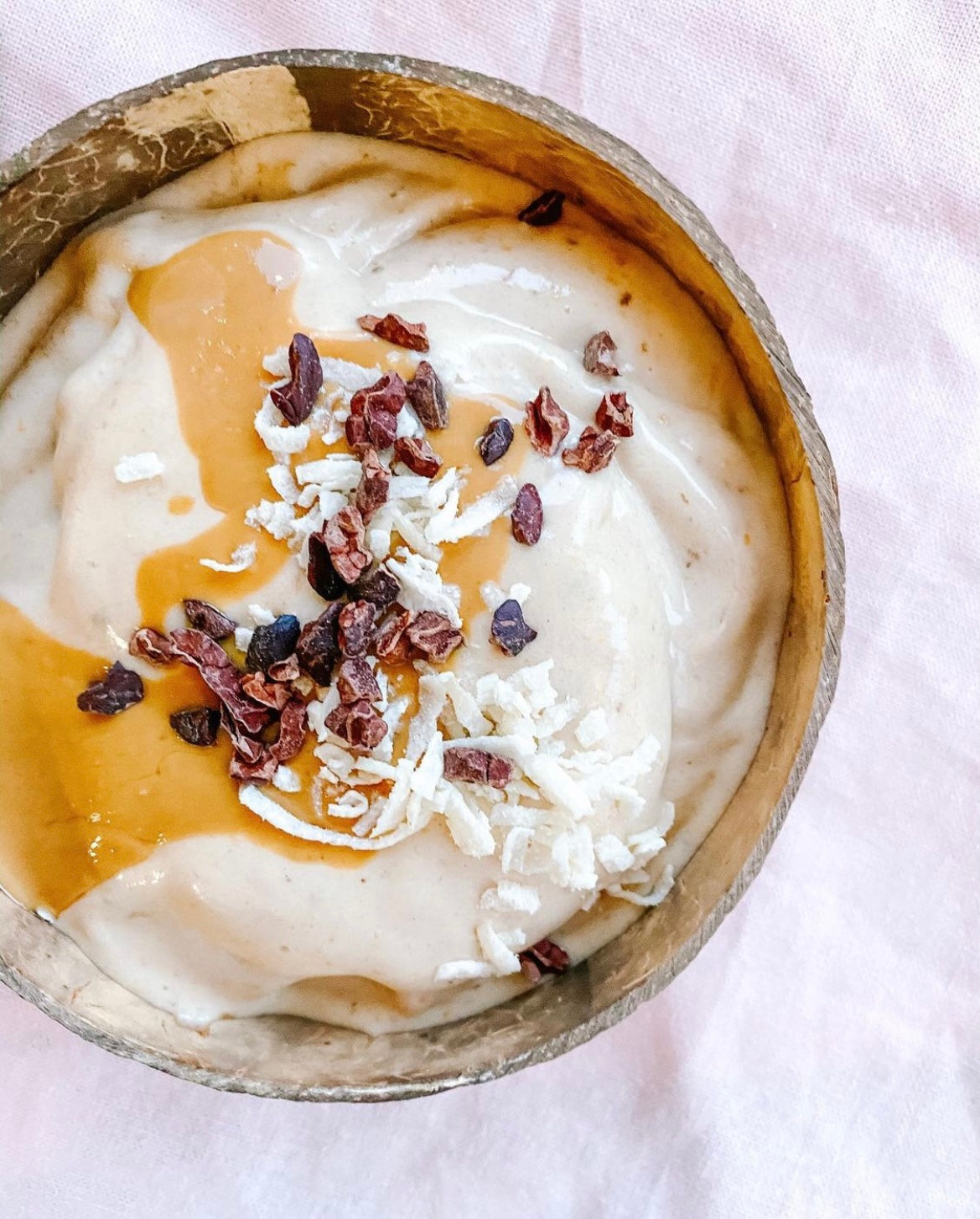
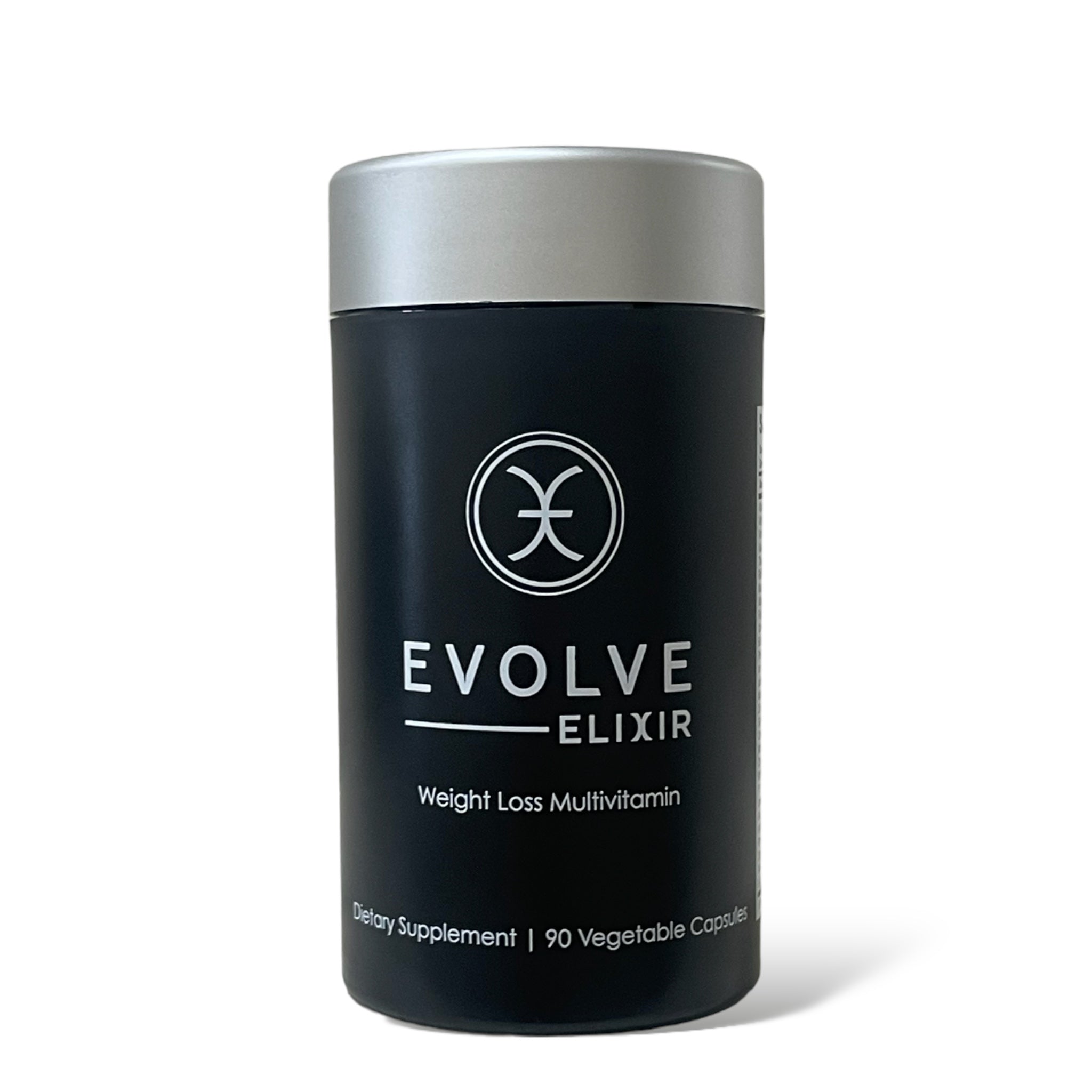
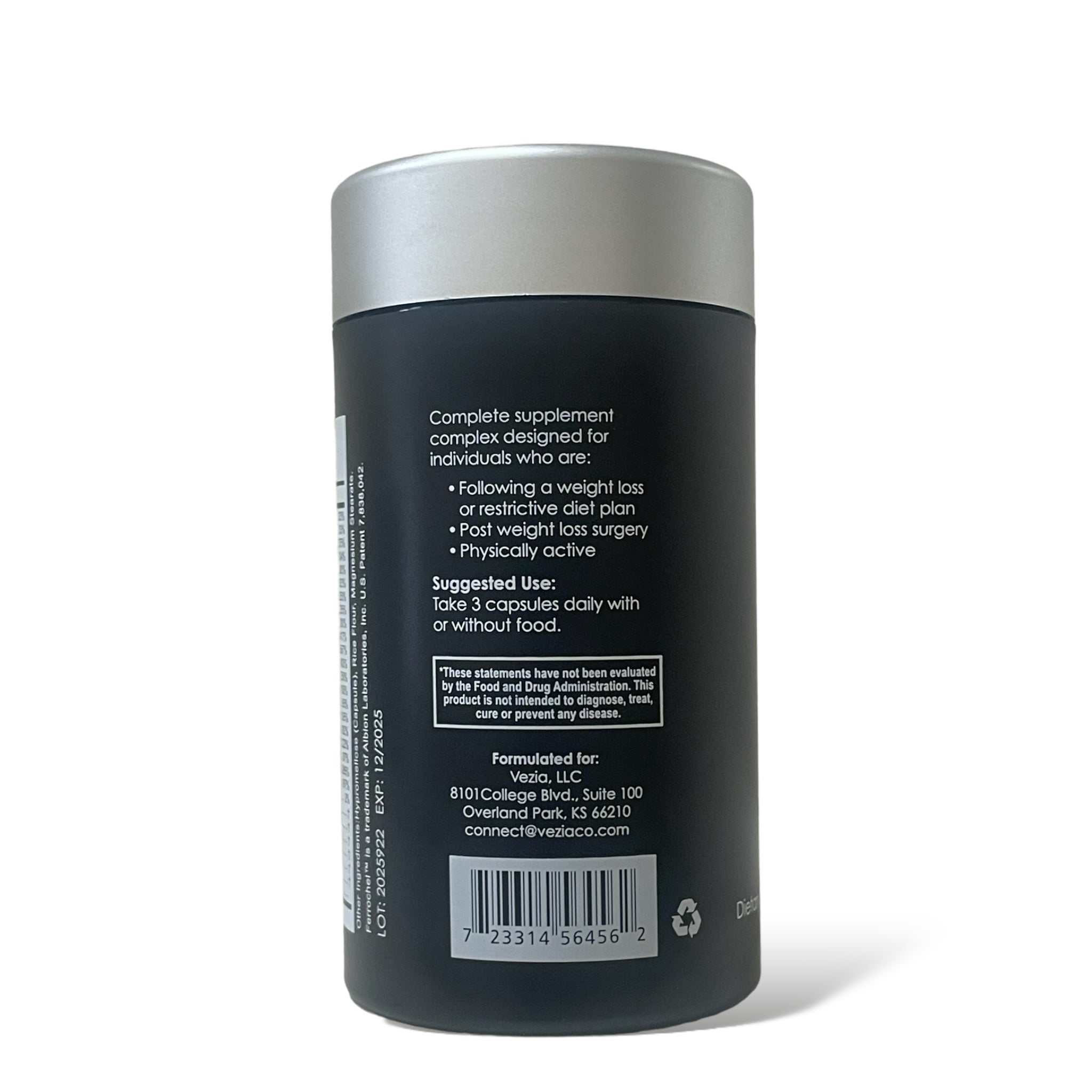
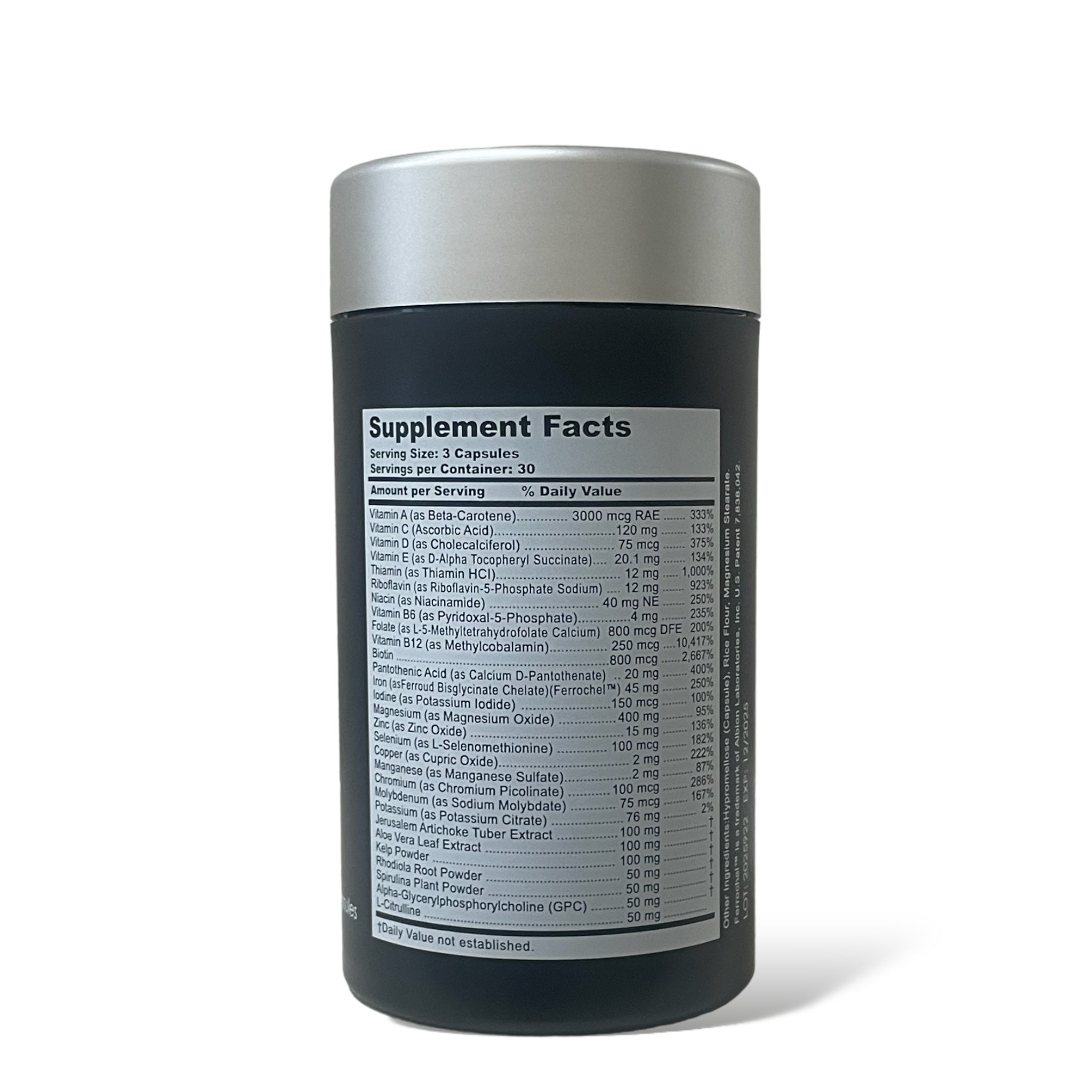
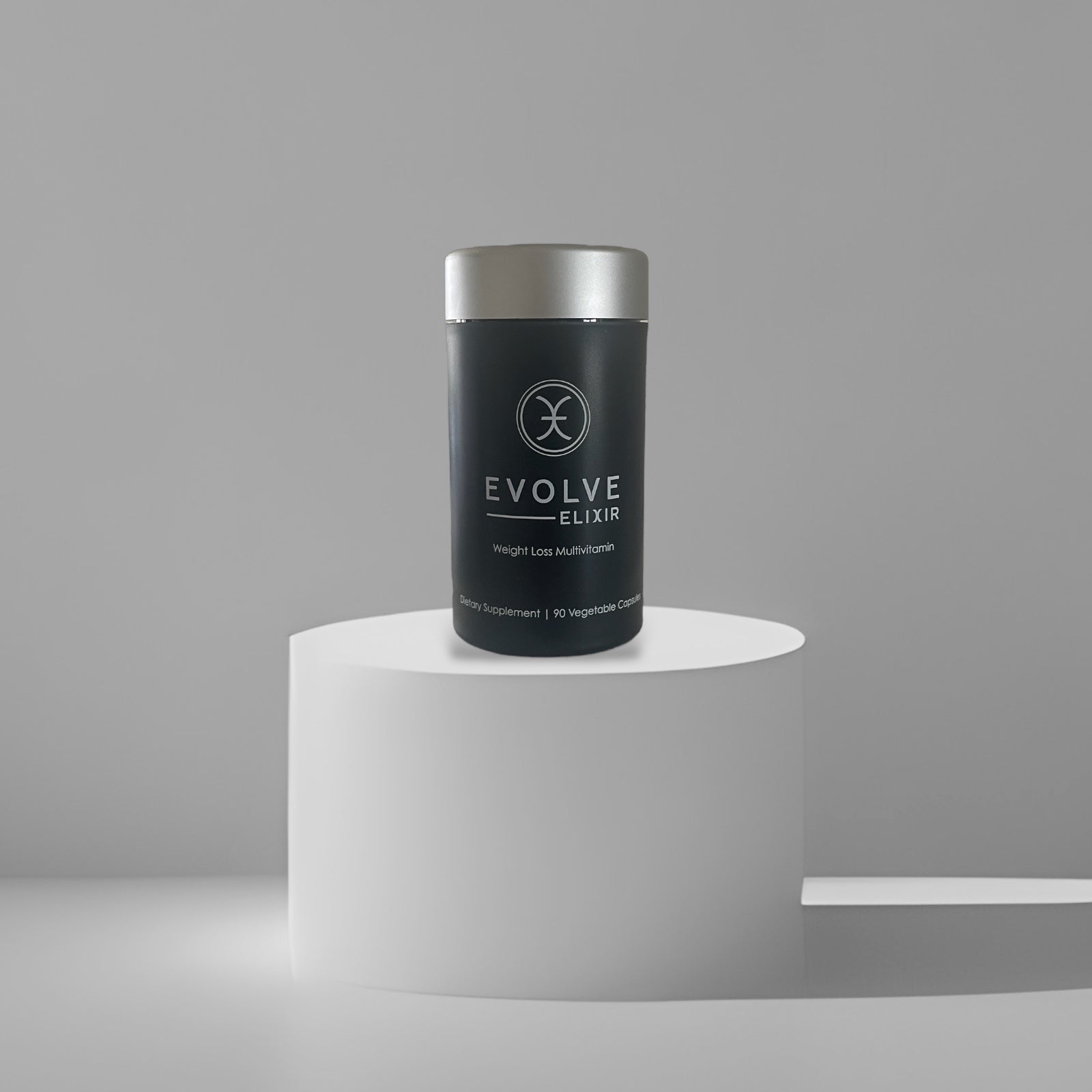
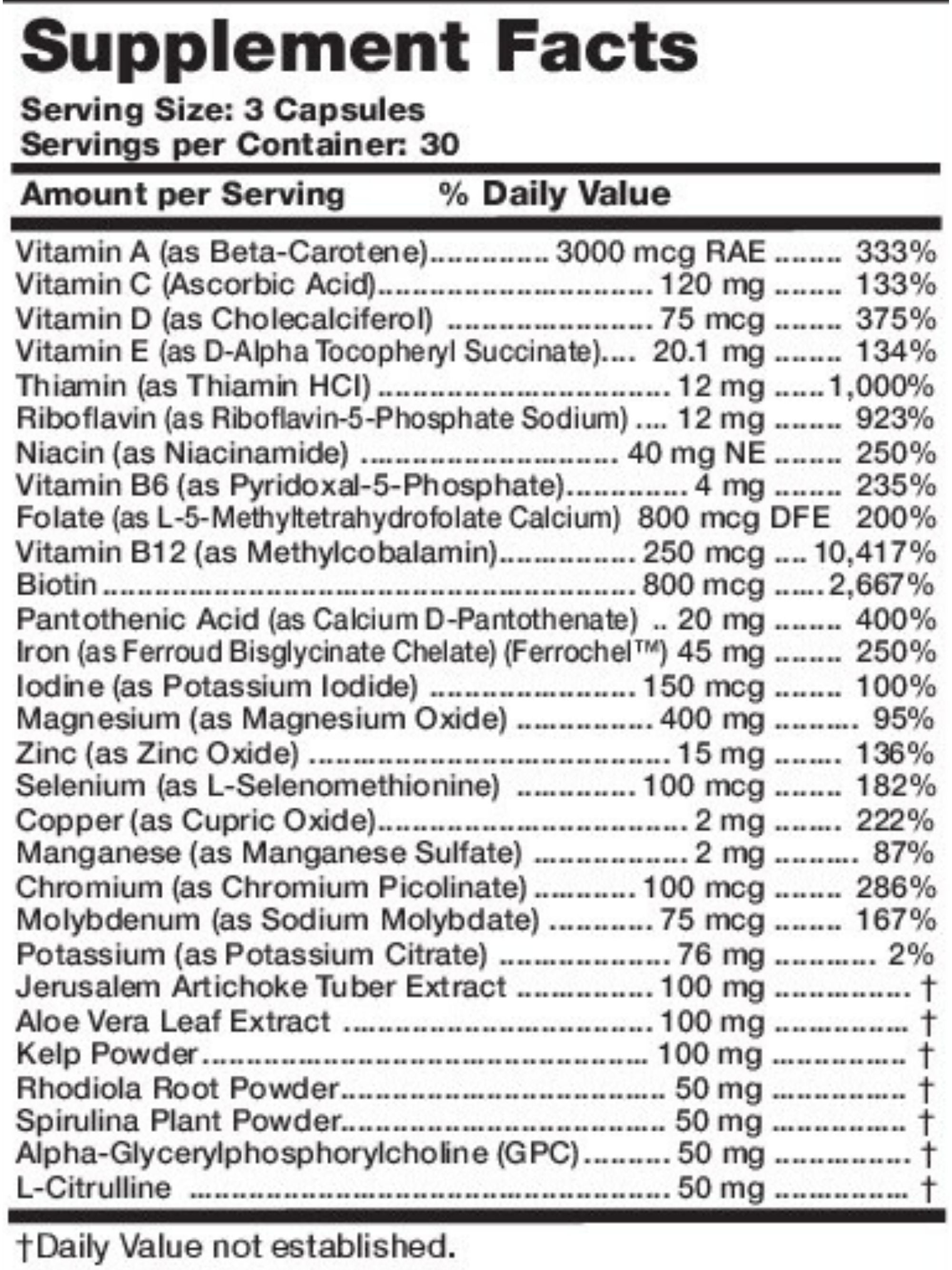
Leave a comment
This site is protected by reCAPTCHA and the Google Privacy Policy and Terms of Service apply.